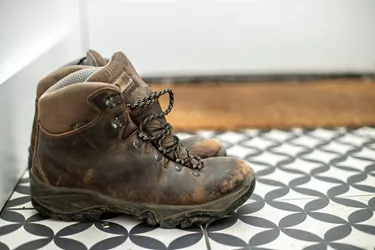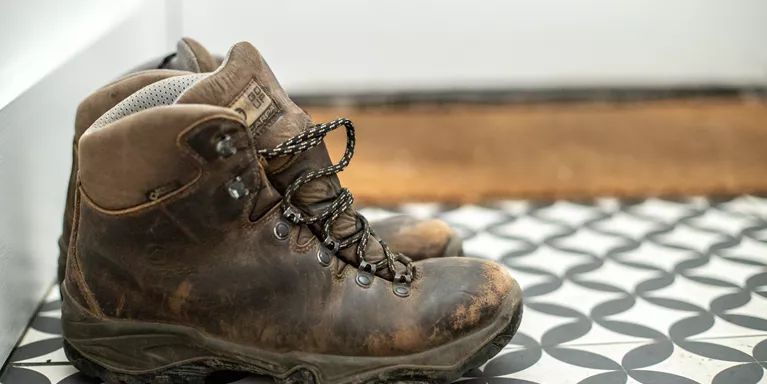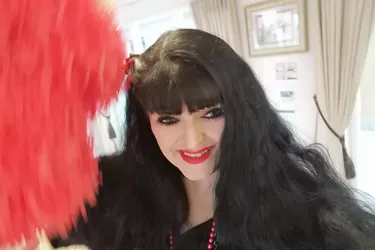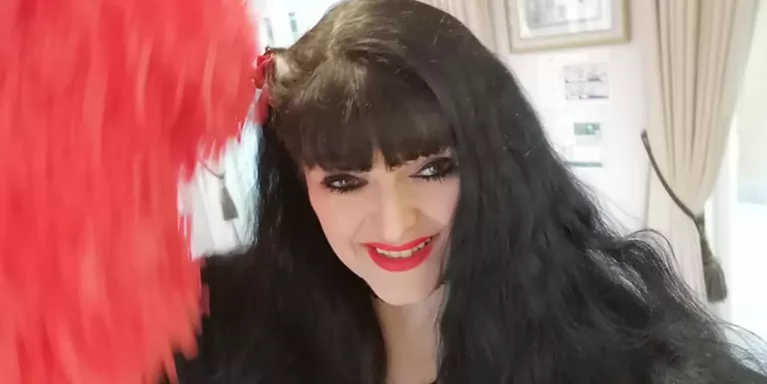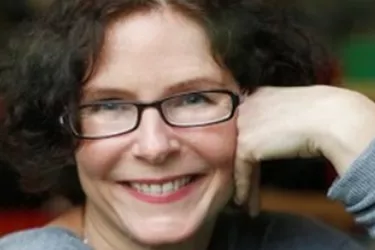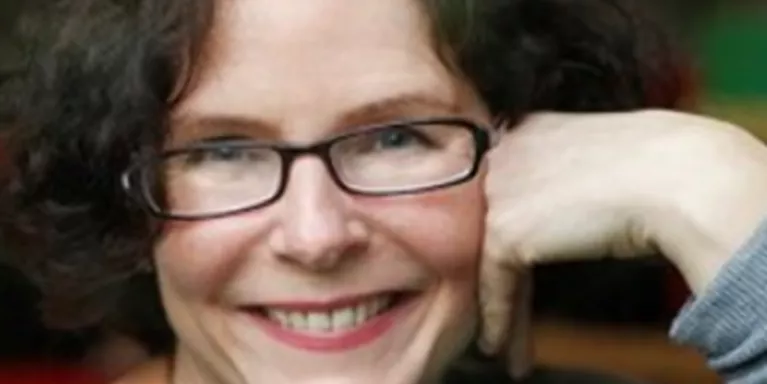Nature photography has helped heal my mind
Ceri blogs about the accident that left her with post-traumatic stress disorder – and how she has found a new calm.
For many years I worked in a management job in London and loved every minute of it. My family and I were settled in the city and life went on smoothly. I knew what I had to do every day and, though the commute into the city could be long, it gave me time to think — and if I could get a seat on the Tube, time to read a book. I’d never had any mental health issues.
On a commute home one evening, my world came crashing down. I had an accident that left me unable to walk. I still cannot talk about the details outside of a therapy setting. But one moment I was walking along and the next I was in a medical emergency. My injuries proved to be more extensive than first realised and, thankfully, I received extensive physiotherapy that helped me to walk again. I am very grateful for all the help I received, including from people at the scene who called 999.
“I spent much time staring at the wall in a stupor. Thankfully a physiotherapist realised that I was traumatised.”
It took me a year and a half to learn to walk again. My physiotherapist, who later told me he thought ‘I can’t do this!’ when he first met me, must have had the patience of a saint. However, what none of us realised at first was that I was severely traumatised. When my husband asked me how long I thought I would be off work I replied ‘a couple of weeks?’. I clearly had no idea what had just hit me. Just getting as far as the bathroom was a challenge for months and I spent much time staring at the wall in a stupor. Thankfully a physiotherapist realised that I was traumatised and telephoned my doctor to ask for a referral to mental health services.
My family, who had no experience of this type of condition, did not realise that this was post-traumatic stress disorder (PTSD). When, on waking, I cried out, my husband thought that I was simply disoriented after a nightmare and pointed out that there was ‘nothing there’. My confusion was immense as I had no idea what was happening to my mind. The accident kept replaying in my mind — the sight, sound, touch and smell of those moments were repeated many times each day, in what I finally came to understand were flashbacks. I was there. It’s not a matter of feeling as if you are there. You believe you really are there as seeing is believing. Reliving it time after time is terrifying.
Mind shut down like computer malfunction
We realised something was very wrong when I collapsed. My mind could no longer cope and shut down like a computer malfunction. It kept happening, anytime, anywhere as I fell to the ground and felt nothing. Finally I got into therapy and the dissociative seizures were explained to me. I asked the question ‘Am I going mad?’ and was informed ‘No, you’re having flashbacks’. It was the start of my learning about PTSD and the long road to trying to manage it.
The seizures are the ‘freeze’ response kicking in. I feel nothing when it happens, though I might wonder later where the bruises have come from. My body goes limp and though I can still hear in this condition, it’s like having cotton wool stuffed in my ears as sounds are muffled. It must be alarming for others to see and people often ask my husband if we need help when I collapse in the street. His assurance that ‘She’s fine, she’ll come around soon’ must confuse them.
“We moved out of the city into the countryside and I find the quiet of the natural world calming.”
For the best part of a decade, I’ve been in therapy. I still suffer flashbacks and dissociative seizures that mean I need help to get out, no longer travel far and often collapse. It’s been a long journey of piecing my mind back together with small steps every day. In the end, I was unable to go back to work. I retired and we moved from London to the Welsh countryside where I find the quiet of the natural world calming.
As a distraction from anxiety, I began taking photographs on my phone of the plants and animals in our garden. I am lucky to live in a peaceful place now. We keep our garden as wildlife friendly as possible and leave the grass unmown. Trees provide shelter for the birds and I watch them fly in each day, sometimes feeding them on the windowsill.We come across such a rich variety of wildlife in our garden (moths, several species damselflies, rabbits, frogs, toads, shrews, voles) and many garden bird species, including robins, chaffinches, blue tits and woodpeckers.
In a better place
Last year I began journaling my observations alongside my photographs, which finally resulted in a book. While I still struggle, nature has been a healing force for my mind and I’m in a better place after all these years. I would encourage everyone to look out for wildlife in their own local environment as even in a busy city it can be surprising how many species of plants and animals are there if you take a moment to pause and look around. It certainly can have a calming effect on us all.
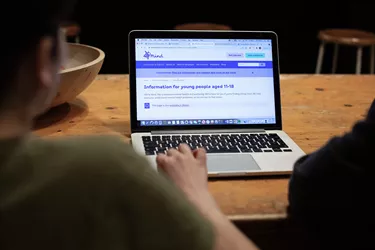
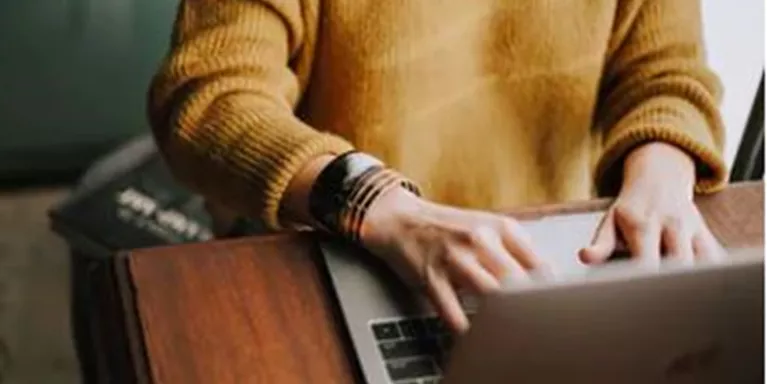
Information and support
When you’re living with a mental health problem, or supporting someone who is, having access to the right information - about a condition, treatment options, or practical issues - is vital. Visit our information pages to find out more.
Share your story with others
Blogs and stories can show that people with mental health problems are cared about, understood and listened to. We can use it to challenge the status quo and change attitudes.










